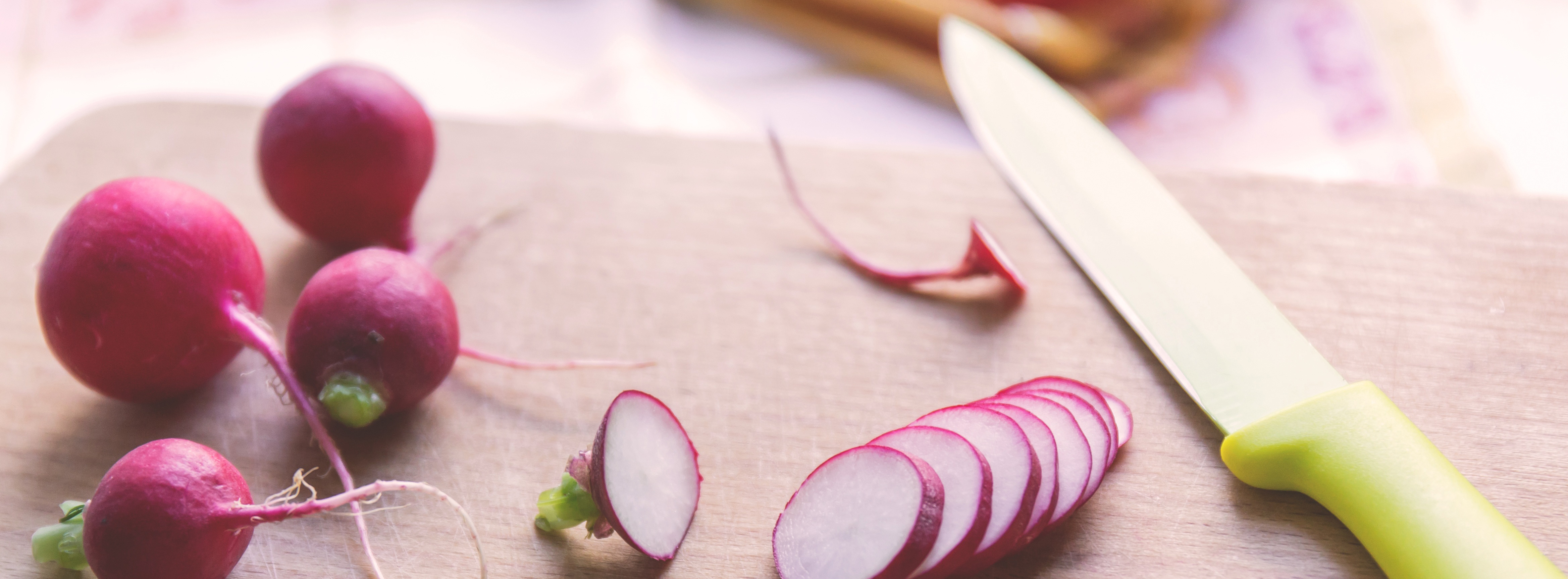Getting the best yields possible from ingredients is something that we all expect from our juicers nowadays. However, the responsibility of producing these yields doesn’t fall onto juicers alone. In order to aid the process, try these tricks to ensure you get the best value from your ingredients.
Tips & Tricks: How to Prepare your Ingredients Optimally
Pick the Right Ingredients

The first stage of being juice efficient is ensuring that you pick ingredients suited to your juicers style and strengths. Each juicer is unique in that regard and where one style may excel another style may struggle. Therefore, working out your juicers strengths is important to get the most from it. If you need some help here is a breakdown of the strengths for the four most common juicer styles.
- Horizontal juicers act as excellent all round models, and they are especially good at working with root vegetables and leafy greens. Any model with a pressure adjusting nozzle is especially efficient and can extract respectable yields from any common juice ingredient.
- Twin Gear juicers put a lot of pressure on ingredients, and as a result, they are often able to extract high yields from almost anything. They specialise in exceeding expectations with low juice ingredients such as leafy greens and tough root vegetables.
- Vertical juicers are the kings of soft fruits, specialising in getting insanely good yields from them. They can also fare well with all root vegetables and put in decent work with a majority of leafy greens, but unfortunately, wheatgrass is typically too tough for them.
- Centrifugal models aren’t renowned for being the best in terms of juice efficiency, but they can do quite well with soft ingredients and some root vegetables such as carrot. They struggle a lot with leafy greens, so it is probably best to avoid them entirely.
When juicing there may be some key nutrients and vitamins you want to benefit from. However, often the most nutrient intensive ingredients produce the least juice. So, to bulk out your juice use ingredients such as cucumber, apple or celery. All of these provide plenty of additional juice as well as some great vitamins and flavour.
Preparation is Key

When you’ve selected the right ingredients, you then need to ensure that you prepare them correctly. For some people, this comes naturally, but unfortunately, that doesn’t apply to everyone. So, if you seek the best value from your ingredients cut them down into smaller chunks. They don’t need to be tiny, but they should be able to fit comfortably down the feed chute without any need for force.
As an added note, better preparation will also help juicers that are designed to take large ingredients. Wide feed juicers such as the Kuvings C9500 or the Omega MMV702 may be able to handle a whole apple, but that doesn’t mean that they will extract optimal yields from it. To see better results, cut large ingredients into at least quarters or smaller if possible.
Feed Correctly
To be frank, during the juicing process you can’t achieve great yields through preparation alone. Part of the responsibility also transfers to correct use of the juicer. Therefore, when feeding in your prepared ingredients, be sure to take it slow. There is no point in cutting your produce into smaller chunks if you simply plan to stuff it all down the feed chute at once. Instead, drop ingredients in one at a time and give the augur and screen the chance to extract as much juice as possible before adding more.
If you find yourself prioritising speed over the quality of your juice, then it’s likely that a cold press juicer isn’t for you, and instead, you should consider a centrifugal model. They work at high speeds unlike their slow juicing counterparts and require little to no food preparation for safe use. However, it is important to keep in mind that they extract far fewer nutrients and lower yields overall.
